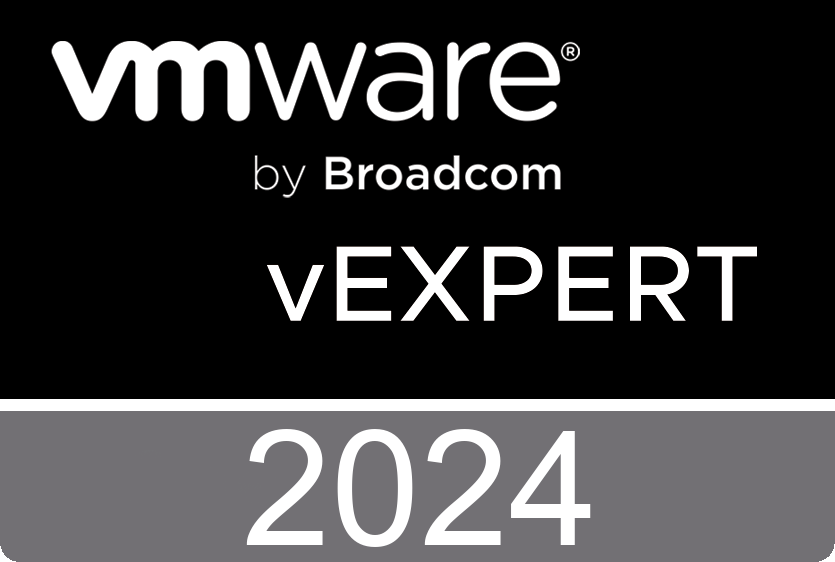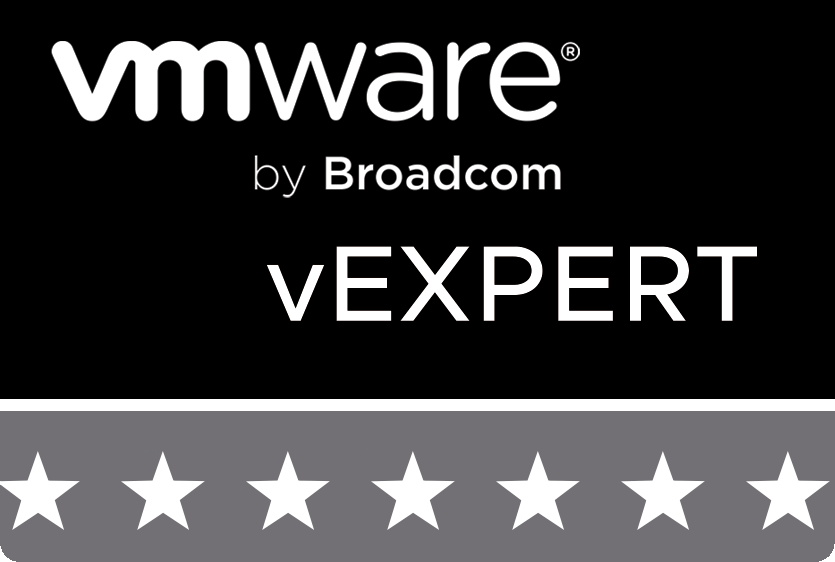Windows Server 2016 RTM Installation and Configuration

Well, with Windows Server 2016 now RTM, many administrators are gearing up to start looking at installing their first WS2016 server in their environments, myself included. There is a whole range of new features especially with cloud capabilities that make this the most sophisticated Windows Server OS to date. However, before we get to the point of leveraging these new features, lets take a look at Windows Server 2016 RTM Installation and Configuration. We will take a look in this first post at how to deploy the operating system in a VMware environment and additional configuration.
Windows Server 2016 RTM Installation and Configuration
When deploying Windows Server 2016 in a VMware environment, the virtual machine hardware version when deploying is important, as you don’t even get the option to deploy Windows Server 2016 in anything less than Virtual Machine Version 11, or in the web GUI it will say ESXi 6.0 and later. Below, the first screenshot is in the vSphere Client to show the machine version. The rest of course are shown in the web GUI.
The installation process
The installation process begins with screens and configuration that we are and have been familiar with since Windows 2008 server. So it is fairly intuitive to what we have already seen.
Notice the options for both Standard and Datacenter to install with Desktop Experience.
The installation process is fairly quick and you will find that you get to the first screen prompting you to choose a password for Administrator in just a few minutes.
Is it Windows 10 or Windows Server 2016? The UI obviously shares it heritage with Windows 10.
The first server manager screen appears, prompting us to finish out our configuration.
Be sure to install VMware tools after installation. The tools install for me was painless and error free.
Just a quick winver pull to show the version and build number.
Right out of the gate we have recommendations from the Action Center asking us to enable smartscreen filtering.
One detail I noted, which I may have missed in installing the technical previews before, is the server manager is no longer pinned automatically to the taskbar. You can easily find it by left clicking on the start button. You can also choose to pin it to the bar yourself as well.
A quick look at the Server Roles screen. Noticed the deprecated Application Server Role is no longer there.
Instead of the Application Server Role, all of those services contained therein are now found in the Features section as well as contained in other server roles.
More features…
Thoughts
Windows Server 2016 RTM installation and configuration was very intuitive and problem free. This new Windows Server operating system is proving to be everything that has been anticipated for the past couple of years. We will be doing many more in depth articles into features that many know and love today and see how these have changed as well as looking at new functionality in the operating system. Stay tuned!




































Yeah, but.. but… but.. the GUI components, yes even using the Desktop-Experience option are not there and thus block install things like Exchange Server on Ws2016, including E2K16 as they are a requirement.
How do I know this, because I been working for eh last couple of days to get this all set up.
So, as long as you don’t need these… (and you will for Exchange)
Server-Gui-Shell
Server-Gui-Mgmt-Infra
Desktop-Experience
AS-HTTP-Activation
… Then yeah, it’s good to go.
…Don’t believe me…
Check these results from just using PoSH to ask for them, natively via Get-WindowsFeatures or via DISM.
Get-WindowsFeature -Name *desktop*
Display Name Name Install State
———— —- ————-
[ ] Remote Desktop Services Remote-Desktop-Services Available
Get-WindowsFeature -Name *Server*
Display Name Name Install State
———— —- ————-
[ ] Active Directory Rights Management Server ADRMS-Server Available
[ ] File Server FS-FileServer Available
[ ] iSCSI Target Server FS-iSCSITarget-Server Available
[ ] MultiPoint Services MultiPointServerRole Available
[ ] Print Server Print-Server Available
[ ] Distributed Scan Server Print-Scan-Server Available
[ ] Remote Desktop Session Host RDS-RD-Server Available
[ ] Web Server (IIS) Web-Server Available
[ ] Web Server Web-WebServer Available
[ ] FTP Server Web-Ftp-Server Available
[ ] Windows Server Essentials Experience ServerEssentialsRole Available
[ ] Compact Server BITS-Compact-Server Available
[ ] Media Foundation Server-Media-Foundation Available
[ ] Message Queuing Server MSMQ-Server Available
[ ] BITS Server Extensions Tools RSAT-Bits-Server Available
[ ] Failover Cluster Automation Server RSAT-Clustering-Auto… Available
[ ] DNS Server Tools RSAT-DNS-Server Available
[ ] SMTP Server SMTP-Server Available
[ ] Windows Server Backup Windows-Server-Backup Available
Get-WindowsFeature -Name *GUI*
Display Name Name Install State
———— —- ————-
[X] GUI for Windows Defender Windows-Defender-Gui Installed
DISM /online /Get-FeatureInfo /FeatureName:Server-Gui-Shell
Deployment Image Servicing and Management tool
Version: 10.0.14393.0
Image Version: 10.0.14393.0
Error: 0x800f080c
Feature name Server-Gui-Shell is unknown.
A Windows feature name was not recognized.
Use the /Get-Features option to find the name of the feature in the image and try the command again.
The DISM log file can be found at C:WindowsLogsDISMdism.log
DISM /online /Get-FeatureInfo /FeatureName:Server-Gui-Mgmt-Infra
Deployment Image Servicing and Management tool
Version: 10.0.14393.0
Image Version: 10.0.14393.0
Error: 0x800f080c
Feature name Server-Gui-Mgmt-Infra is unknown.
A Windows feature name was not recognized.
Use the /Get-Features option to find the name of the feature in the image and try the command again.
The DISM log file can be found at C:WindowsLogsDISMdism.log
DISM /online /Get-FeatureInfo /FeatureName:AS-HTTP-Activation
Deployment Image Servicing and Management tool
Version: 10.0.14393.0
Image Version: 10.0.14393.0
Error: 0x800f080c
Feature name AS-HTTP-Activation is unknown.
A Windows feature name was not recognized.
Use the /Get-Features option to find the name of the feature in the image and try the command again.
The DISM log file can be found at C:WindowsLogsDISMdism.log
DISM /online /Get-FeatureInfo /FeatureName:Desktop-Experience
Deployment Image Servicing and Management tool
Version: 10.0.14393.0
Image Version: 10.0.14393.0
Error: 0x800f080c
Feature name Desktop-Experience is unknown.
A Windows feature name was not recognized.
Use the /Get-Features option to find the name of the feature in the image and try the command again.
The DISM log file can be found at C:WindowsLogsDISMdism.log